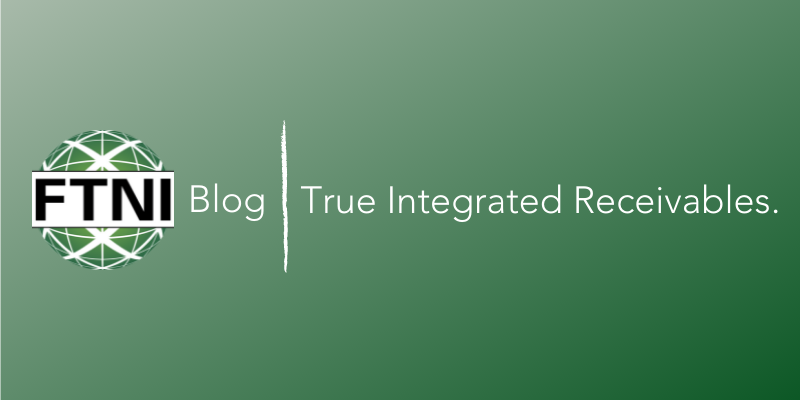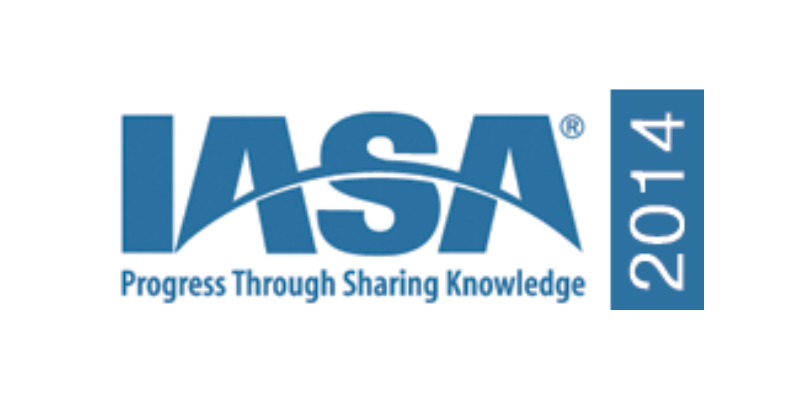Contact Sales (402) 933-4864
Contact Sales (402) 933-4864
Written by: Lyle Knox
Invoice presentment, also called e-invoicing or electronic billing, is essentially sending invoices to clients and vendors electronically to expedite the payment process. As simple as that sounds, there are many different processes by which an invoice can be presented to a customer or vendor, and many ways that an invoice may be paid.
Invoicing has traditionally been, and in many cases still is, in the form of sending paper invoices through the mail or presenting an invoice at the time of service to a customer or vendor. Paper invoices, however, are very time-, expense-, and effort-intensive, as well as prone to being misplaced, damaged, or forgotten. One of the biggest drawbacks to paper invoicing is the turn-around time between presenting an invoice and receiving payment. This process becomes very cumbersome for large companies and corporations and can be tedious for invoices that have many components and details.
As technology has become more accessible to corporations, hundreds of thousands of dollars have been spent on developing automated systems with many checks and balances to create invoices. As ACH payments became more commonplace between businesses, businesses began submitting invoices electronically. Over time, the processes and access to electronic services has become more cost-effective for businesses of all sizes, bringing these advantages to more users.
Now, with the high quality of security, ease of access, and robust nature of the internet, large corporations down to sole proprietors can take advantage of electronic invoicing. Where once it took a sizable investment to not only invoice electronically, but to obtain payment electronically, software development and financial services companies have developed inexpensive products and services that make electronic invoicing accessible to any size business.
Electronic invoicing can be as simple as creating an invoice in a word processing document, saving it as a PDF file, and sending it via email to a customer. It can also be as complex as having an accounting system that integrates sales, inventory controls, distribution, payables, and receivables to automatically generate invoices and submit them to customers. In between these two extremes, there is a wealth of options for any size of business to find a perfect fit for their style of operations.
While hand generating an invoice and sending it through email is technically an electronic invoice, invoice presentment software and systems have many advantages other than just sending invoices. Many of these systems have built-in conflict catching, automated invoice generation and presentment, and inventory control features as well. One of the biggest advantages of modern systems for invoice presentment is the ability to provide the customer with easy-to-access payment options, so they can make the payment directly from the invoice, which means the business owner gets paid faster. Once the invoice is paid, some systems will reconcile customer accounts and can provide a report on who has paid, how fast they paid, and if there were any issues, making it easier for a business owner to resolve disputes, errors, and manage accounts more accurately.

The efficiency of running a business in this digital age hinges on the ability to process online...
Read More
To stay ahead of competition, insurance agencies can leverage the latest payments technology to...
Read More
The Insurance Industry’s Premier Event for Accounting & Technology Systems The 2014 IASA Annual...
Read MoreFinancial Transmission Network, Inc.
13220 Birch Drive, Suite 120
Omaha, NE 68164
Sales: +1 (402) 933-4864